The 50mm f/1.8 Lens Review & Guide
When it comes down to quality for price, bang for buck, a 50mm 1.8 is
one of the best lenses on the market and an upgrade I would recommend
to every new SLR user.
A very small investment of $105 for the Canon EF 50mm f/1.8, or slightly more for Nikon, will give you one of the best upgrades you can make to a camera.
The Right Lens for Your Camera
If you’re a Canon user, you only really have one choice, the Canon 50mm f/1.8, which I linked to above.
If you’re a Nikon user, it’s a little bit more complicated.
You actually have three choices depending on which camera you have.
If your camera has an autofocus motor, you can buy the Nikon 50mm f/1.8D AF.
The following Nikon cameras don’t have one:
- Nikon D40
- Nikon D40X
- Nikon D60
- Nikon D3000
- Nikon D3100
- Nikon D5000
- Nikon D5100.
If you have one of the cameras mentioned, your camera body doesn’t have an autofocus motor built in; you have to buy a lens that does – marked with an ‘AF-S’.
Unfortunately for you, this is more expensive: the Nikon 50mm f/1.8G AF-S.
Now, regardless of whether or not you have an autofocus motor, you
can buy the 35mm f/1.8, which will provide a better viewing angle on a
crop sensor (you’re likely to be shooting on one of these) – Nikon 35mm f/1.8G AF-S.
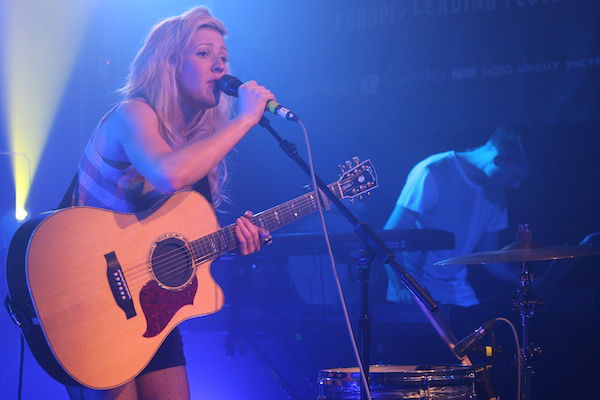
General Review
There are advantages of buying more expensive lenses, such as the Nikon ones listed above, as they have better build quality.
Before I upgraded, I used my 50mm regularly – extensive usage like this
takes its toll on the plastic build (glass inside) and toy-like
features. The lenses are very light and small; ideal if you’re looking
to upgrade from your kit lens but don’t want to carry around a load of
extra weight.
It’s true that you get what you pay for but, for a couple hundred bucks,
you can produce some astounding results from these lenses.
The optics on prime lenses (no zoom) are usually much better quality;
they’re not making as many compromises. With this, the price comes down,
hence I endorse them so much.
Having used both the Canon and the Nikon, I can tell you that the focus
does tend to suck on these lenses; they’re slow and inconsistent.
The small focus ring on each lens doesn’t help much with manual focus
either and the focus tends to be quite loud – watch out for that if you
shoot video regularly.
That being said, I’m looking back on these lenses after being used to
using much more expensive lenses; my judgment has changed somewhat. You
may not notice so much of a difference if you’re using cheaper lenses to
begin with.
Because of the crop factor on these lenses, the Canon feels more like an
80mm lens, the Nikon 50mm is more like a 75mm lens and the Nikon 35
looks like a 52.50mm lens.
If you do choose a 50mm lens and you’re shooting on a crop sensor,
expect everything to be quite zoomed and remember, this
isn’t necessarily a bad thing. They make ideal cheap portrait lenses in
terms of focal length but expect to have to move back if someone asks
for a group shot.
If you’ve been reading this blog for a while, you should have expert
knowledge about how perspective changes at different focal lengths. As I
mentioned in my post on the crop factor however, putting your full
frame lens on a crop sensor body will not change the perspective – only crop it.
This is a good thing because the way we see through our own eyes is
generally considered to be similar to about 45mm; by using a 50mm you’re
quite accurately representing our natural view without compressing the
perspective too much.
There are obvious downsides to cheaper lenses but don’t be put off.
Once you’ve put a 50mm f/1.8 on your camera, you’re not going to want to
take it off – I know I didn’t.
It’s a tool for every photographer’s arsenal and I personally don’t know anyone who has regretted the purchase. Enough of telling you why it’s so great, let me show you…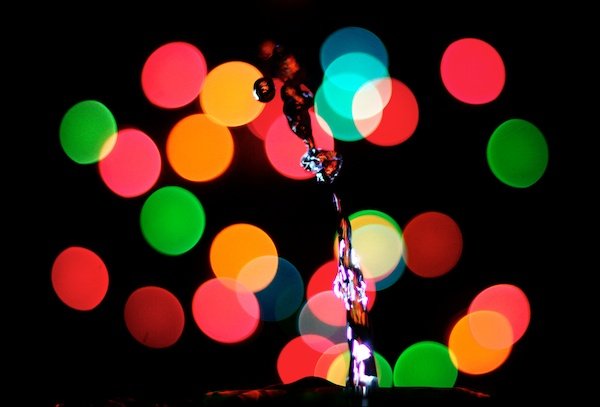
The Lens Guide
The very first thing you’ll notice about your new lens is the ability
to shoot in much lower light without having to use the flash.
This is because of the wider aperture which allows more light in. If you
don’t know your aperture scale, I suggest learning it. For now, let me
tell you that if your lens went as wide as f/3.5 before, it now lets in
four times as much light at f.1.8.
When I say wide, I’m talking about the size of the hole in the lens that the light passes through.
The photo below was taken indoors in a dark room at f/1.8 for 1.200 of a second at ISO 100.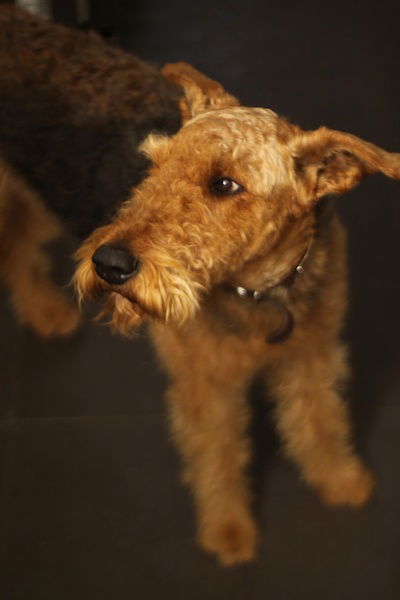
The next thing you’ll notice is that the depth of field (DoF) can go
remarkably shallow. This is because of the way the light passes through
the lens at a wider aperture.
The wider the aperture, the shallower the depth of field. This can be
used for creative effect – it works really well. A common problem with
people who get a 1.8 is that they think it looks so good that it’s all
they ever use; use it sparingly or it’ll lose its appeal.
Notice from the photo below that the glasses on the face are in focus
but the end of the hat and chin are out of focus. This was also shot at
f/1.8.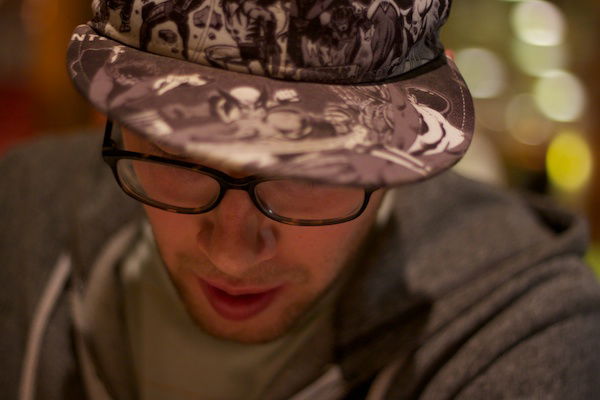
In the photo above, you may notice the circular shapes of colour in the
background – this is what’s referred to as Bokeh. Simply put, it’s the
aesthetic quality of out-of-focus areas of a photograph.
Bokeh relates to how nice the background blur looks when out-of-focus.
When you’re shooting at wider apertures, the effect of the bokeh
is accentuated; it will look a lot more prominent than anything you
would have seen with your kit lens.
Because this is a cheap lens, made to a price, it’s not the highest
quality (which you may see from the photo above) but, if you use it
properly with distant light, you can produce some really nice effects.
Again, the photo below was shot at f/1.8.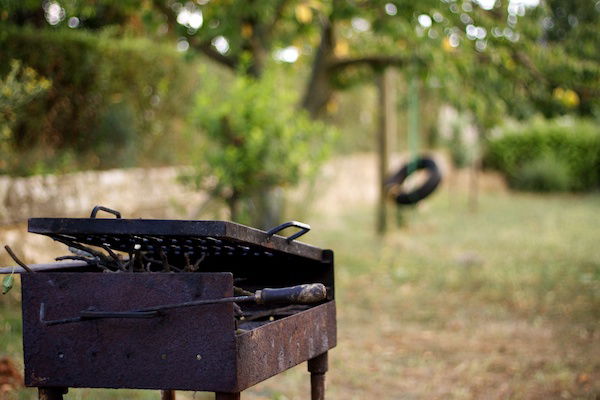
Selective focus with an f/1.8 is something that you may not have much experience with.
Because the depth of field can be made to look so shallow, it’s even
more effective with this lens. You can focus the viewer’s attention onto
a certain part of the photo, making them want to explore the rest at
the same time.
It’s a powerful technique but, like everything, remember not to overdo it. When
you’re shooting wide open, you’re going to produce some very soft
photos. If you want these to be sharper, you need to narrow your
aperture a fair bit.
When
you’re shooting wide open, you’re going to produce some very soft
photos. If you want these to be sharper, you need to narrow your
aperture a fair bit.
I find around f/8 to be the sharpest point on my Canon 50mm f/1.8.
The photo below was shot at f/7.1 and manages to keep the whole of the
subject in focus while making sure plenty of detail remained in the
background – you can make out the burnt down pier.
Experiment with wide apertures at first but you may find that narrower ones suit your style a lot better.
As I mentioned earlier, the crop factor does make this lens appear more
zoomed than you may want it to be. That can’t really be helped unless
you opt for the 35mm – it’s really a matter of personal preference and
budget.
It’s all about working with the gear you have at your disposal.
When I took the photo below, I had no tripod on me, just my 50mm lens.
Because I knew what effect this would have on my photos, I found
a position that would work for me rather than simply giving up; I would
usually have shot this photo with a wider angle.
I found a position on a dock further away and shot this photo at f/4.5 for 8 seconds – I was very happy with how it came out.
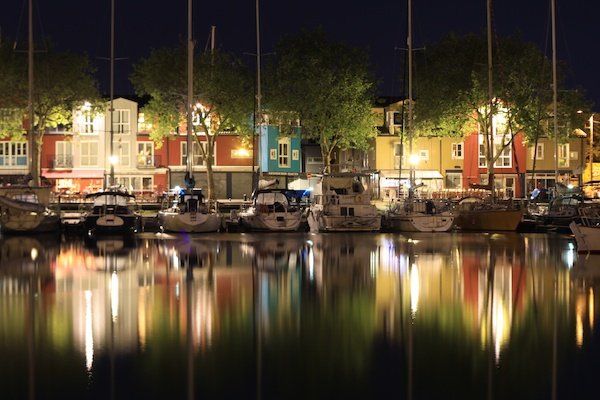
I’ve spoken a lot about f/1.8 but the lens aperture will go as narrow as f/22, which is fairly common.
This will give you a much deeper DoF so that you can have your background and foreground in focus.
The photo below was shot at f/22 for 4 seconds. As you can see, the deep
foreground is in good focus and you can still work out all the minor
details in the background on the pier.
It’s important to remember that this lens does have more uses than just low light photography or shallow depth of field.
Finally, as you start to collect more gear, you can use it to make your photos look even better.
A 50mm lens is great but, when you use it in conjunction with an
external flash unit (and off camera transmitter for the photo below),
you’ll get even better results.
Like I said before, it’s about working with what you’ve got – when you
have a little bit more, it can become a lot easier (when you know what
you’re doing) to get better shots.
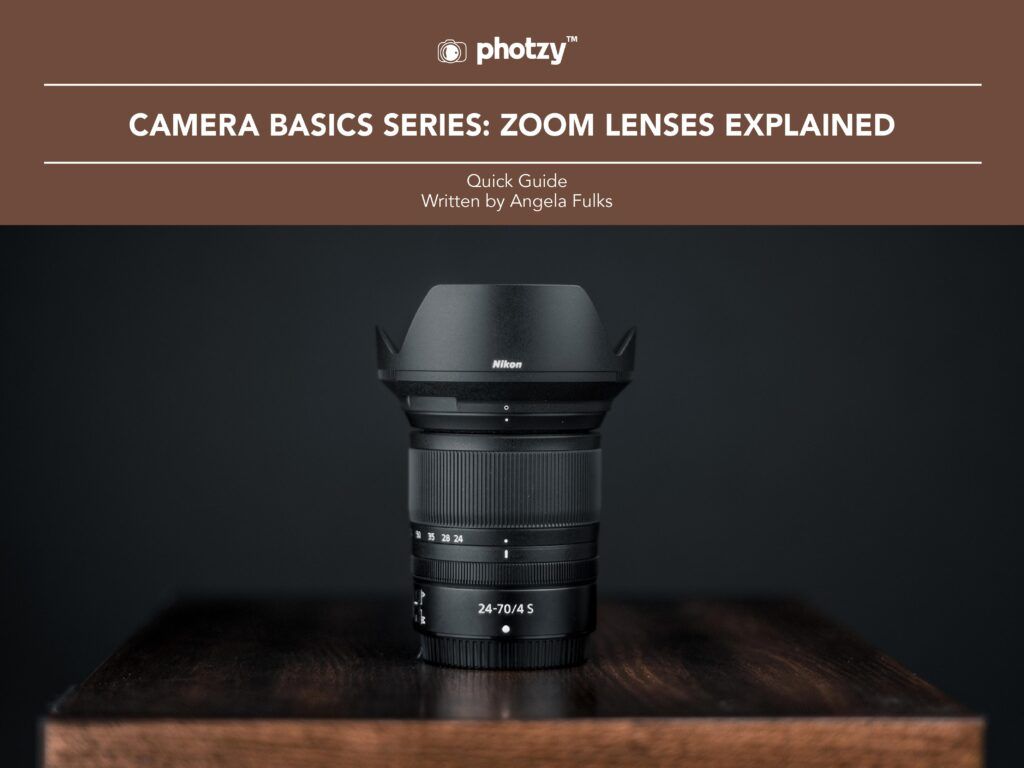
No comments:
Post a Comment
Note: Only a member of this blog may post a comment.